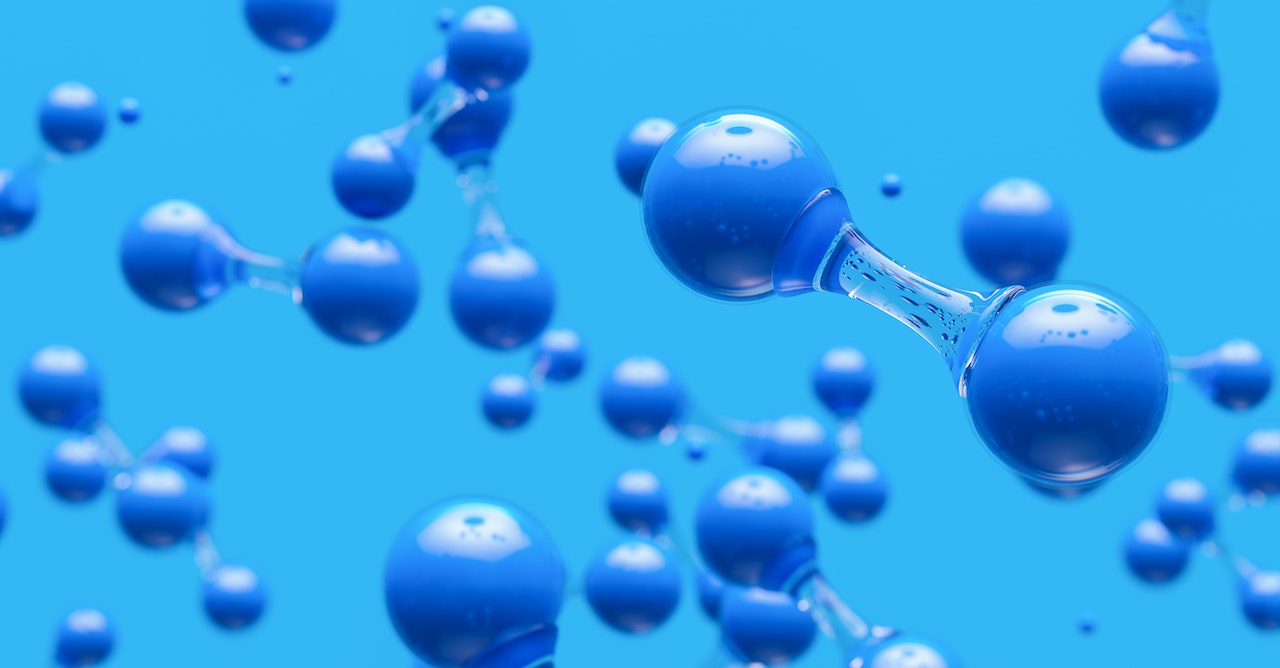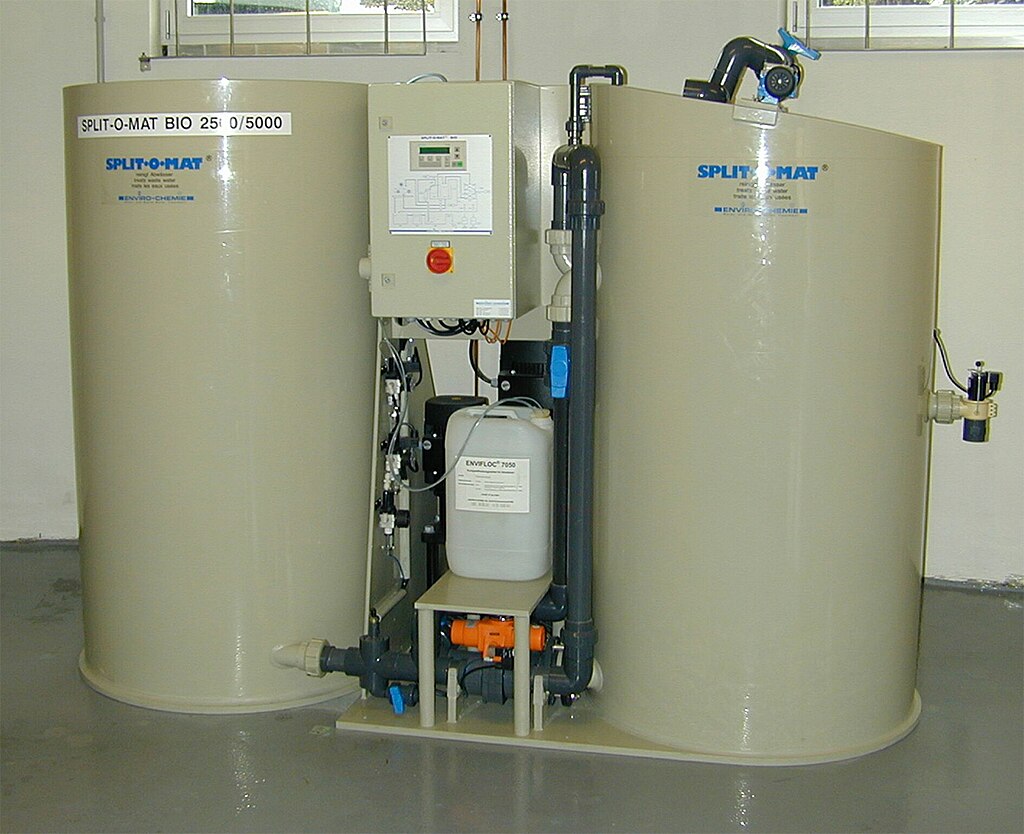The field of water engineering is continuously evolving, with emerging technologies offering innovative solutions to address pressing challenges.
In 2023, various advancements are expected to shape the landscape of water engineering. For instance, new desalination and purification methods hold promise for improving access to clean water.
Additionally, advanced sensor technologies enable precise monitoring of water quality parameters. Smart irrigation systems optimize water usage in agricultural practices, while robotics and automation enhance maintenance operations in water infrastructure.
Blockchain and Internet of Things (IoT) applications offer novel approaches to efficient water management. Furthermore, sustainable and eco-friendly solutions are gaining traction in the field.
This article explores these emerging technologies and their potential impact on the future of water engineering.
Key Takeaways
- Nanotechnology advancements in desalination processes and the use of graphene oxide membranes and carbon nanotubes for reverse osmosis are revolutionizing water desalination and purification, offering promising solutions for sustainable freshwater production.
- Advanced sensor technologies, including miniaturized sensors and wireless connectivity, are enabling easy deployment and remote monitoring of water quality. These highly sensitive sensors can detect trace amounts of contaminants, leading to improved decision-making processes and real-time data processing.
- Smart irrigation systems, which integrate sensors, weather forecasts, and soil moisture data, are optimizing water usage in agriculture. By providing precise irrigation scheduling, these systems conserve water, prevent over-irrigation, and enhance crop yield while reducing costs.
- The use of robotics and automation in water infrastructure maintenance is improving efficiency, reducing costs, and ensuring safety. Robots are capable of remote operation in hazardous or hard-to-reach areas, replacing humans and enhancing safety standards. These advancements are shaping the future of water infrastructure.
Water Desalination and Purification Innovations
Recent advancements in water engineering have led to innovative techniques and technologies for desalination and purification, addressing the pressing need for access to clean and freshwater sources.
One of the most promising water scarcity solutions is the application of nanotechnology advancements in desalination processes. Nanotechnology involves manipulating matter at the atomic or molecular scale, allowing for precise control over chemical reactions and physical properties of materials.
In desalination, nanomaterials such as graphene oxide membranes or carbon nanotubes can effectively remove salt ions from seawater through a process called reverse osmosis. These nanomaterials have unique properties that enhance their performance, such as high permeability, mechanical strength, and selectivity.
Furthermore, research is ongoing to improve the efficiency and scalability of these nanotechnology-based desalination methods through advancements in fabrication techniques and membrane design.
As water scarcity becomes an increasingly critical global issue, these innovations offer promising solutions for sustainable freshwater production.
Advanced Sensor Technologies for Water Monitoring
The development and implementation of advanced sensor technologies have significantly enhanced the accuracy and reliability of water monitoring systems. These technologies offer real-time monitoring capabilities, providing continuous data collection and analysis for improved decision-making processes.
Some key advancements in this field include:
-
Miniaturized Sensors: Advanced sensor technologies have led to the development of miniaturized sensors that can be easily deployed in various water environments. These sensors are highly sensitive and can detect even trace amounts of contaminants.
-
Wireless Connectivity: The integration of wireless connectivity enables seamless communication between sensors, allowing for remote monitoring and control. This enhances the efficiency of water monitoring systems by eliminating the need for manual data collection.
-
Data Analytics: Advanced sensor technologies also incorporate sophisticated data analytics algorithms that process the collected information in real-time. This enables quick identification of potential issues or anomalies, facilitating prompt actions to mitigate risks.
Smart Irrigation Systems for Efficient Water Usage
Smart irrigation systems utilize real-time data analysis and automated control mechanisms to optimize water usage in agricultural settings. These systems are a part of precision agriculture, which aims to enhance crop production while minimizing resource inputs such as water.
Smart irrigation techniques involve the integration of sensors, weather forecasts, and soil moisture data to determine the precise amount and timing of irrigation required for each crop. By continuously monitoring environmental conditions and plant moisture levels, these systems can adjust watering schedules accordingly, ensuring that plants receive just the right amount of water at the right time.
This not only conserves water but also prevents over-irrigation, reducing runoff and preventing nutrient leaching into nearby water bodies. The use of smart irrigation systems enables farmers to make informed decisions about their watering practices, leading to improved crop yield, reduced costs, and better overall sustainability in agricultural operations.
Robotics and Automation in Water Infrastructure Maintenance
This discussion focuses on the advantages of robotic maintenance in water infrastructure and its potential impact on the future of water infrastructure.
Robotic maintenance offers numerous benefits, including increased efficiency, reduced costs, and improved safety by minimizing human involvement in hazardous tasks.
Furthermore, automation plays a crucial role in ensuring efficient maintenance by enabling continuous monitoring, early detection of issues, and timely intervention to prevent major failures or disruptions in water supply systems.
Advantages of Robotic Maintenance
Robotic maintenance in water engineering offers numerous advantages, including increased efficiency, cost-effectiveness, and improved safety.
-
Remote Operation:
-
Robotic systems can be operated remotely, reducing the need for human presence in hazardous or hard-to-reach areas.
-
Operators can control the robots from a safe location, minimizing potential risks and ensuring worker safety.
-
Cost Savings:
-
Robotic maintenance eliminates the need for extensive manual labor and reduces associated costs.
-
Robots can perform repetitive tasks efficiently and accurately, leading to reduced labor expenses and increased productivity.
-
Improved Safety:
-
By replacing humans with robots in dangerous environments such as underwater inspections or repairs, robotic maintenance significantly improves safety standards.
-
Robots are not vulnerable to fatigue or human errors, resulting in enhanced reliability and reduced accidents.
The advantages of robotic maintenance make it a compelling solution within water engineering. Looking ahead, advancements in this field will shape the future of water infrastructure.
Future of Water Infrastructure
Advancements in the field of water infrastructure are expected to shape the future of maintenance and management systems. One area of development is the implementation of smart water meters, which enable real-time monitoring and analysis of water consumption. These meters provide accurate data on usage patterns, allowing for better understanding and control over water resources.
Additionally, green infrastructure is gaining importance as a sustainable approach to water management. This involves using natural systems such as rain gardens, permeable pavements, and green roofs to capture and treat stormwater runoff. Green infrastructure not only reduces the strain on traditional drainage systems but also provides multiple environmental benefits like improved air quality and urban heat island mitigation.
As we move forward, integrating smart technologies like smart water meters with green infrastructure will play a crucial role in optimizing our water infrastructure for efficient maintenance and management.
Automation for Efficient Maintenance
Automation for efficient maintenance in water infrastructure is a key area of focus, as it enables streamlined and timely monitoring and repair processes. This approach utilizes remote monitoring systems to collect real-time data from various components of the water infrastructure. With the integration of sensors and advanced analytics, these systems can detect potential issues before they become critical, allowing for predictive maintenance strategies to be implemented.
The benefits of automation for efficient maintenance include increased operational efficiency, reduced downtime, and improved asset lifespan. Additionally, automated maintenance processes eliminate human error and provide a standardized approach to ensure consistent results. By leveraging technology advancements in remote monitoring and predictive maintenance, water infrastructure management can be significantly enhanced.
This sets the stage for exploring the potential applications of blockchain and IoT technologies in water management.
Blockchain and IoT Applications in Water Management
Blockchain and IoT applications have shown potential in revolutionizing water management by enhancing data integrity, transparency, and efficiency in the monitoring and distribution of water resources. These technologies can enable the implementation of effective water conservation strategies by providing real-time data on water usage, identifying leaks or inefficiencies, and optimizing resource allocation. Additionally, data analytics in water management can help identify patterns and trends that can inform decision-making processes for better resource utilization.
To illustrate the impact of blockchain and IoT applications in water management, the table below highlights some key features:
| Feature | Description | Benefits |
|---|---|---|
| Real-time monitoring | Continuous tracking of water consumption and quality | Early detection of leaks or contamination |
| Smart metering | Digital meters that provide accurate readings | Improved billing accuracy |
| Asset tracking | Tracking equipment and infrastructure to ensure proper maintenance | Reduces downtime due to equipment failure |
| Water quality sensing | Sensors that monitor parameters like pH levels or contaminants | Timely identification of quality issues |
Sustainable and Eco-friendly Solutions in Water Engineering
To address the need for sustainable and eco-friendly practices in water management, researchers have been exploring alternative methods that promote resource conservation and reduce environmental impact. These efforts have led to the development of innovative solutions in water engineering that prioritize sustainability and utilize environmentally friendly materials.
Some notable advancements include:
-
Green infrastructure solutions: Green roofs, rain gardens, bioswales, and constructed wetlands are being implemented to manage stormwater runoff while providing additional benefits such as improved air quality and urban heat island mitigation.
-
Sustainable materials: The use of sustainable materials such as permeable pavement made from recycled materials or bio-based polymers for water storage tanks is gaining traction. These alternatives reduce the demand for non-renewable resources and minimize carbon emissions during production.
-
Ecological restoration projects: Restoring natural habitats like riverbanks or wetlands not only enhances biodiversity but also improves water quality by filtering pollutants and reducing erosion.
These sustainable and eco-friendly approaches in water engineering showcase a commitment to preserving our environment while effectively managing our valuable water resources.
Frequently Asked Questions
What Are the Main Challenges in Implementing Blockchain and Iot in Water Management?
Blockchain challenges and IoT implementation challenges are significant in water management. The complexities of integrating these technologies include data security, scalability, interoperability, and the need for skilled personnel. Overcoming these hurdles is crucial for successful implementation.
How Do Advanced Sensor Technologies Enhance Water Monitoring Capabilities?
Advanced sensor technologies have significantly enhanced water monitoring capabilities by providing accurate and real-time data on water quality parameters. These advancements have facilitated efficient decision-making processes in water management, ensuring the protection of water resources and public health.
Are There Any Potential Risks or Drawbacks Associated With Using Robotics in Water Infrastructure Maintenance?
Potential safety concerns and cost implications are associated with the use of robotics in water infrastructure maintenance. It is important to consider the operational risks and financial implications before implementing these technologies.
What Are Some of the Sustainable and Eco-Friendly Solutions Currently Being Implemented in Water Engineering?
Sustainable and eco-friendly solutions in water engineering include the implementation of green infrastructure and water conservation measures. These strategies aim to mitigate environmental impacts, promote resource efficiency, and enhance resilience in water systems.
Can Smart Irrigation Systems Effectively Reduce Water Usage in Agriculture?
Smart irrigation techniques have the potential to effectively reduce water usage in agriculture. By utilizing sensors, real-time data analysis, and automated systems, smart agriculture can optimize irrigation schedules and deliver precise amounts of water, minimizing waste and improving overall efficiency.
Conclusion
In conclusion, the field of water engineering is experiencing rapid advancements in various areas. Innovations in water desalination and purification techniques are addressing the global water scarcity issue. Advanced sensor technologies enable real-time monitoring of water quality and provide valuable data for decision making. Smart irrigation systems optimize water usage in agriculture, ensuring sustainable practices. Robotics and automation streamline maintenance processes in water infrastructure, enhancing efficiency and reducing costs. Blockchain and IoT applications enhance transparency and security in water management. These emerging technologies pave the way for sustainable and eco-friendly solutions to tackle water challenges worldwide.
One interesting statistic that highlights the impact of these innovations is that by 2023, it is estimated that smart irrigation systems can save up to 50% of freshwater used in agricultural irrigation through precise monitoring and control mechanisms. This visual representation demonstrates the significant potential of technology in reducing resource consumption while increasing productivity in one of the most water-intensive sectors.


